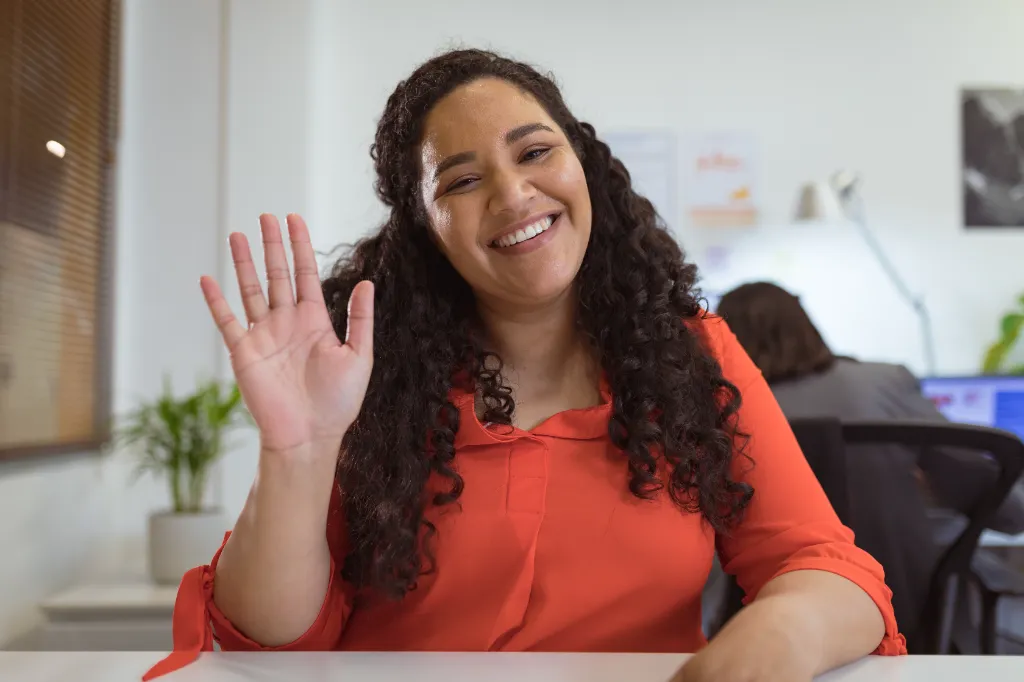What is Verbal Dyspraxia?
Verbal dyspraxia is a learning difficulty where children, or even adults, have difficulty coordinating and making the needed movements to produce clear speech. Verbal dyspraxia doesn’t occur due to muscle weakness or paralysis of the muscles used in speech. It also does not impact a person’s understanding or intelligence.
It is also known as childhood apraxia of speech or developmental verbal dyspraxia. Usually, children find it difficult to produce some speech sounds in the right order to produce words. As a result, their speech may be challenging to understand. Children with verbal dyspraxia sometimes have difficulty moving their lips, tongue and mouth for things like eating.
Verbal dyspraxia is usually diagnosed by a speech and language therapist, but often, a GP or occupational therapist may be involved in making a diagnosis. The key to improvement is the early recognition of the symptoms and tailoring an individualised treatment plan for each person with speech disorders.
Verbal Dyspraxia in Children
Verbal dyspraxia in children, also known as childhood apraxia, is a motor speech challenge, which means that children face difficulty articulating sounds and pronouncing words. This doesn’t happen due to muscle weakness but rather because of changes in the brain and how it gives information to specific body parts required for speech.

Children with verbal dyspraxia know what they want to say but have difficulty coordinating the lip and jaw movements needed to say these words. This can have a negative effect on sequencing the words into sentences. Some children will even try other creative ways to express themselves or may use sign language.
Children with childhood apraxia of speech may have challenges with the accuracy and timing of the lip movement required for speech production, and it can be a lot of mental effort for them to speak. There’s no apparent cause, although some studies suggest a genetic component.
Verbal Dyspraxia in Adults
Verbal dyspraxia can also affect adults and is often referred to as apraxia of speech. When we speak, our brains coordinate with muscles and body parts, like the mouth, to produce words. These messages tell the muscles how and when to move and what sounds to make.
With apraxia of speech, the messages don’t get through correctly, and some adults may be unable to pronounce words properly. In fact, some adults may not even speak at all and may prefer gestures or sign language. While it is a common learning difficulty in childhood, adults can also acquire verbal dyspraxia from brain injury or brain damage.
Signs and Symptoms of Verbal Dyspraxia
Some of the signs and symptoms of verbal dyspraxia include:
- Moving the lips and tongue to get them into the right place and before trying to say sounds
- Speaking slowly
- Having trouble imitating sounds
- Adding new sounds or leaving sounds out
- Performing automatic speech for most commonly used phrases like “Hi” and “Hello” but struggling with other words or sentences
- Not being able to say any sound at all
- Reduced speech rate
- Pauses or hesitations while trying to talk
Signs in Early Childhood
A child with verbal dyspraxia may have difficulty pronouncing words correctly, but their challenges vary with age. Additionally, not all children with developmental verbal dyspraxia have the same symptoms.
The most common signs and symptoms of children with verbal dyspraxia include:
- Lack of babbling and cooing as an infant
- Missing sounds and having the first words arrive late
- Difficulties with oral-motor control
- Difficulty with tongue coordination
- Making a limited range of vowel sounds and consonant sounds
- Difficulties combining sounds into longer words
- Frequent simplification of words
- Replacing or avoiding difficult sounds
- Challenges with eating or drooling
Additionally, some of the other symptoms may depend on the severity but also include:
- Making mistakes when saying the same word
- Speaking in a monotone and placing equal stress on each syllable
- Limited vocabulary
- Trying to perform movements with their lips
Potential Causes and Risk Factors
Verbal dyspraxia may have a few risk factors and potential causes. For example, acquired verbal dyspraxia may be caused by brain damage, especially to the brain’s regions that involve speech production. This can happen also as a result of a brain infection, traumatic brain injury, tumours, or stroke.
Developmental verbal dyspraxia, on the other hand, is present in children when they are born and is considered a learning difficulty. It can co-occur with other genetic differences and neurological differences like Fragile X syndrome or Autism Spectrum Disorder. The cause of developmental verbal dyspraxia is unknown, but some research shows that genetics or neurodiversity can play a part.
Diagnosis and Assessment
Diagnosing verbal dyspraxia requires an assessment from a speech and language therapist who will assess the oral-motor abilities, the speech sound development and the overall ability to form sounds and words. Dedicating time and ruling out other speech conditions is essential so a proper diagnosis is achieved.
Speech and language therapy will likely consist of multiple techniques to assess the child for verbal dyspraxia, including the following:
- Evaluating muscle movement sequencing while the child repeats tongue-twister phrases
- Testing the mouth coordination by imitating non-speech actions like smiling
- Testing the ability of real-life situations like chewing gum or licking a lollipop
- Examining the child’s comprehension and expressive language skills
Noticing the signs at early stages is essential in improving the quality of life for children with verbal apraxia.
Early Intervention Strategies
Addressing verbal dyspraxia effectively correlates with early intervention and identification of the signs. Early intervention is known to improve children’s communication trajectory significantly. When started promptly, speech therapy can improve children’s natural neuroplasticity and make it easier for them to adapt to new speech patterns.
Speech Therapy for Verbal Dyspraxia
Speech therapy for verbal dyspraxia is often initiated by a speech and language therapist who will design a specialised and individualised treatment plan to improve the children’s communication skills. The treatment plan will target words, phrases, and syllables and help children set a comfortable progression pace.

Our speech and language therapists at Unique Community Services can help develop treatment plans specifically designed for each individual. They support children in developing communication skills to their highest potential. Some benefits of speech and language therapy include the following:
- Increasing communication skills
- Reducing frustration
- Increasing the level of self-esteem and confidence
- Improving a child’s speech
- Creating a support and treatment strategy
Parent Involvement and Home-Based Activities
Developing supportive strategies is essential in helping your child cope with challenges and helps children build relationships with other family members and friends. Some of the tips for creating a supporting environment that will allow your child to experience progression include:
- Encouraging communication
- Finding alternative methods of communication
- Fostering genuine conversations
- Repeating your child’s questions and comments
- Being patient and understanding
The therapeutic process affects and involves the entire family and not just the child diagnosed with verbal dyspraxia. Parents and other family members must actively engage in the therapy process to support their children on their journey and build their confidence.
Working with Educators and Therapists
Research shows that children with verbal dyspraxia achieve huge success when they receive frequent support during the early stages of treatment. Working with educators and therapists helps with daily communication skills and strengthens the child’s speech muscles to improve neuromuscular coordination.
Additionally, technology is becoming more assistive, and many applications are being created to assist families, educators, and therapists in developing fine motor skills. For children with verbal dyspraxia, being understood by others can be challenging, which is why continuous support from the community can help them express themselves through various means of communication.
Unique Community Services Supports Individuals with Verbal Dyspraxia
At Unique Community Services, our highly skilled clinicians provide proactive support and care for people with verbal dyspraxia. We follow a person-centred approach and are committed to helping children and adults with complex care needs on their journey towards independence.
The care plans we create are person-centred and can support people aged 0-65+ while delivering care and support in the comfort of people’s homes.
Our CQC-regulated services are available across the UK, but you can contact us through our offices in Manchester, Bristol and Leeds.














